Tear Down and Board Analysis
MSI relies on a true own design for this map right from the start, but takes over some layout details in the power supply from the reference design. A special feature are the three ATX power supply connections, whereby the 6-pin socket is actually superfluous. However, this is part of the layout, it has been provided with a 20A fuse just like the other two sockets and is to be included according to the manufacturer.
However, only two real rails from the three sockets lead to the board, so it can be assumed that the 6-pin jack was connected to one of the two rails after the hedging. These two rails, as well as the power supply from the motherboard slot, were once again provided with a 330mH coil for the smoothing of possible spikes and each have its own shunt for monitoring the current flow.
Let's start with the most interesting part! The fairly new uP9512P is used as an 8-phase PWM controller specifically designed to provide high-precision output voltage systems for the latest generation of GPUs. The uP9512P has programmable output voltage and active voltage positioning functions to adjust the output voltage depending on the load current, so that it is optimally positioned for a good load current transition.
The uP9512 supports NVIDIA Open Voltage Regulator Type 4i+ with PWMVID function. The PWMVID input is buffered and filtered to create a very accurate reference voltage. The output voltage is then precisely controlled on the reference input. The integrated SMBus interface offers enough flexibility to optimize performance and efficiency and also to connect the appropriate software. The controller also supports new Smart Power Stage chips (PLCs). Appropriate PLC then provide very accurate information about e.g. currents (IMON) and temperatures (TMON).
One feature of the uP9512P is the direct parallel connection of several voltage converter circuits without the usual doublers, since due to the necessary direct communication with the PLC no doubler chips can be used. We count a total of 14 voltage converter circuits for the GPU, so in the simplest case it would be seven real phases. However, since you rely on a neat 8-phase design, a total of six phases are double-connected and two are simple. The three phases for memory are generated by another uP9512P in 3-phase mode.
If you would like to find out more details about this type of power supply and the improvements at Turing, please refer to our Investigative Article "Nvidia GeForce RTX 2080 Ti – Internal Details on Power Supply, Deviating Components and Where the Spikes which is always worth reading. There you will also learn more about the new Smart Power Stages, which replace the traditional, individual VRMs. The following table contains the most important components:
Cooler and backplate in detail
The actual radiator body alone weighs 1034 grams, including the cover and fans. The photos also show that MSI works with a partially opaque mounting frame on the top of the board, which in turn weighs another 68 grams and cools the left six voltage converters for the GPU. The right eight voltage converters for the GPU and the two for the memory cools a heat sink directly connected to the cooler.
A thick 8 mm heat pipe and five 6 mm heatpipes then distribute the waste heat to the cooling fins. This time, MSI uses a rather unusual fan arrangement with a smaller 8.5cm fan above the mounting frame, as well as two adjacent 9.5cm fans above the rest. We can see how well this works. The gallery shows once again the cooler, the mounting frame and the backplate in high resolution in detail.
The 141 gram brushed aluminium backplate indirectly cools the memory via thermal pads, but the large pad for the GPU could have been saved.
| Cooling system at a glance | |
|---|---|
| Type of cooler: | Air |
| Heatsink: | Nickel-plated heat sink, GPU and voltage converter for THE GPU |
| Cooling fins: | Aluminum, horizontal alignment related |
| Heatpipes | 1x 8mm, 5x 6 mm, nickel-plated |
| VRM cooling: | 8 GPU VRM via built-in heat sink 6 GPU VRM only via mounting frame 2 Memory VRM via built-in heat sink |
| RAM cooling | via mounting frame |
| Fan: | 2x 9.5 cm fan, 14 rotor blades 1x 8.5 cm fan, 14 rotor blades semi-passive lyrised |
| Backplate | Aluminum Cooling function |















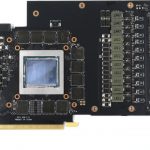
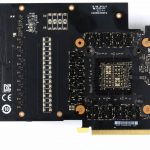
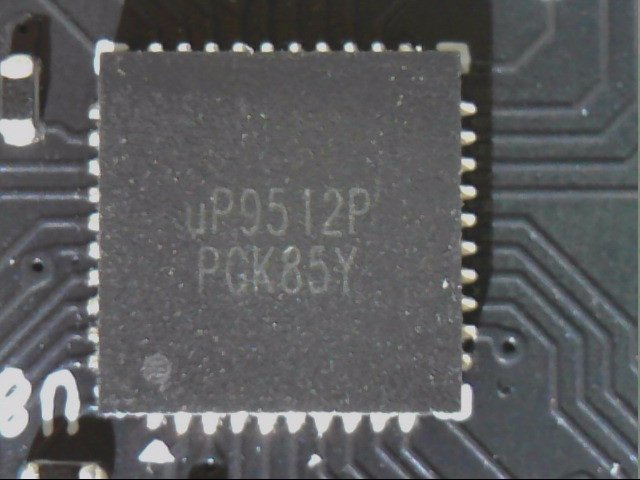
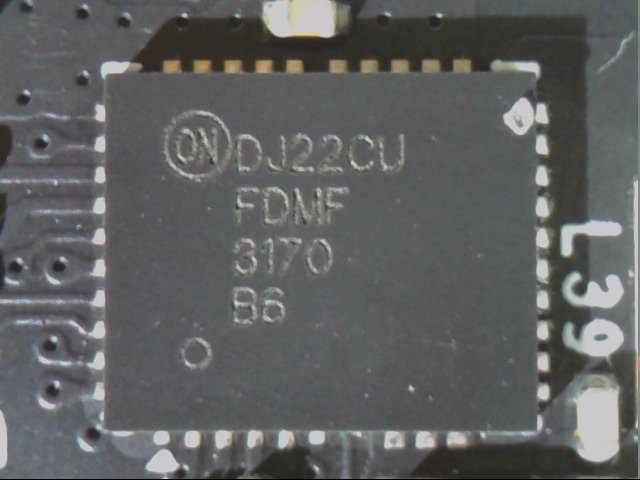
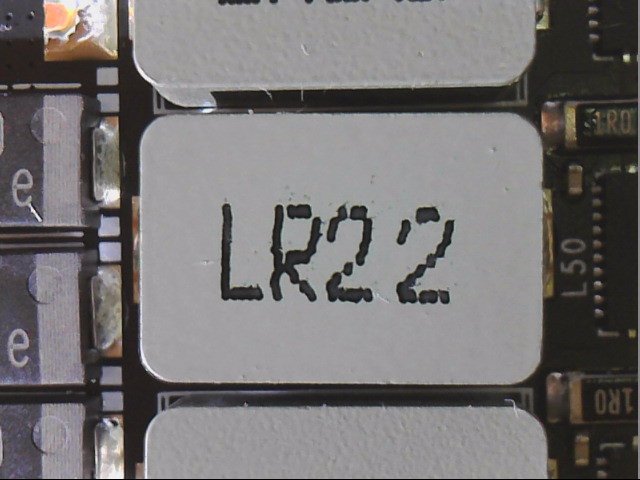
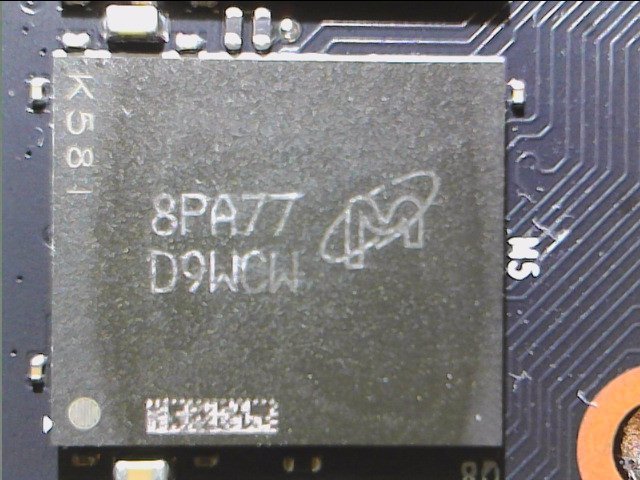
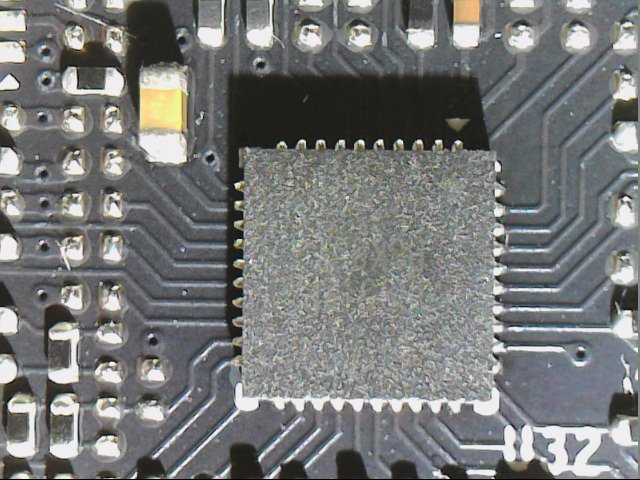
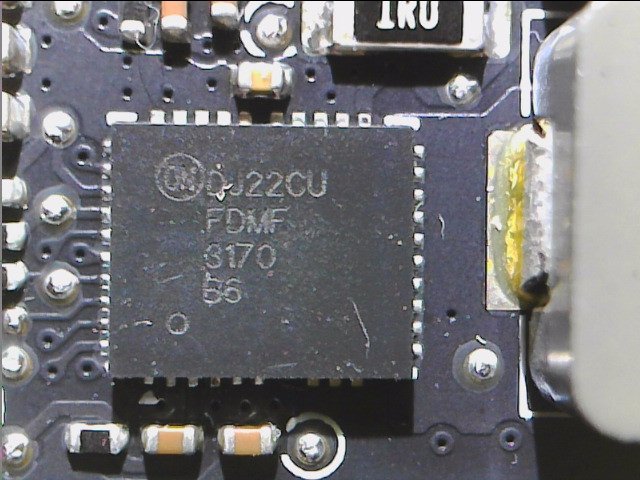
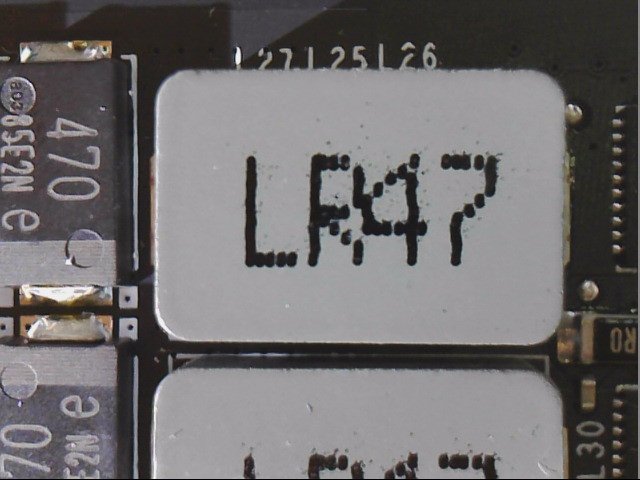
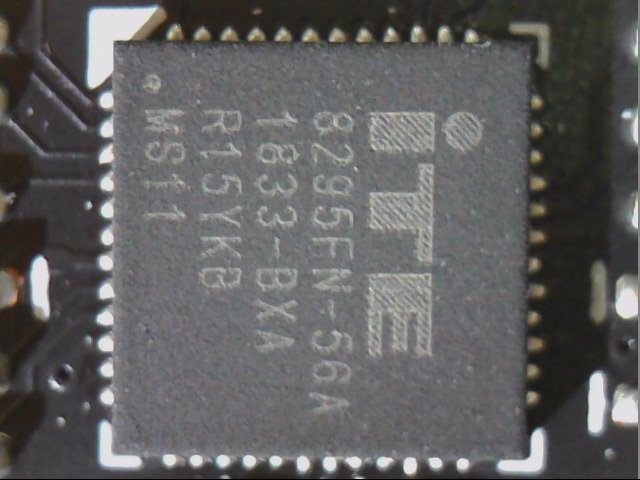
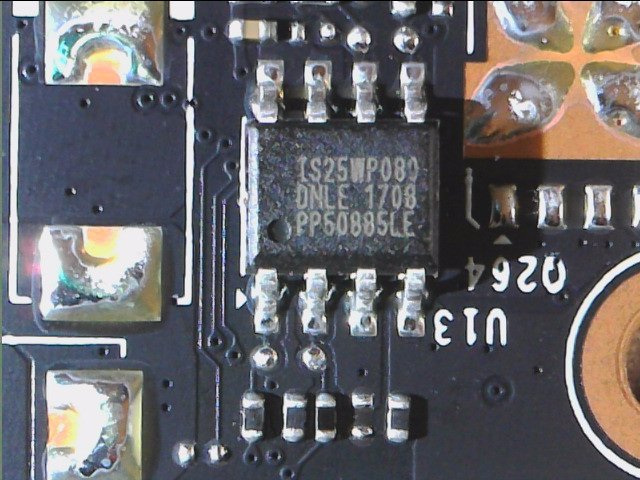
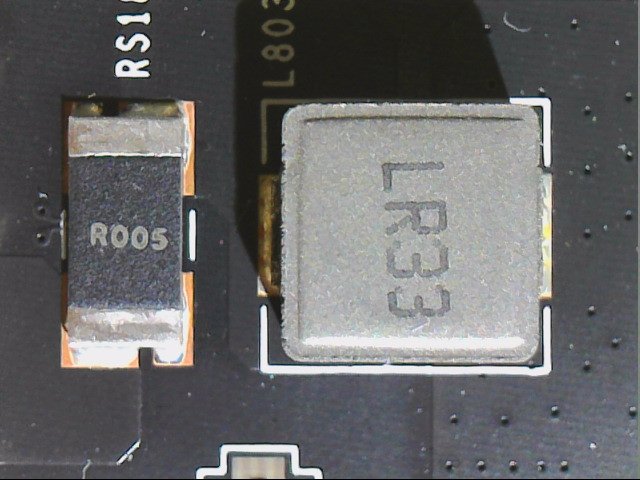

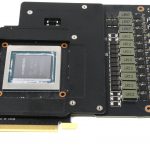

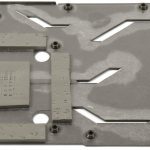



















Kommentieren